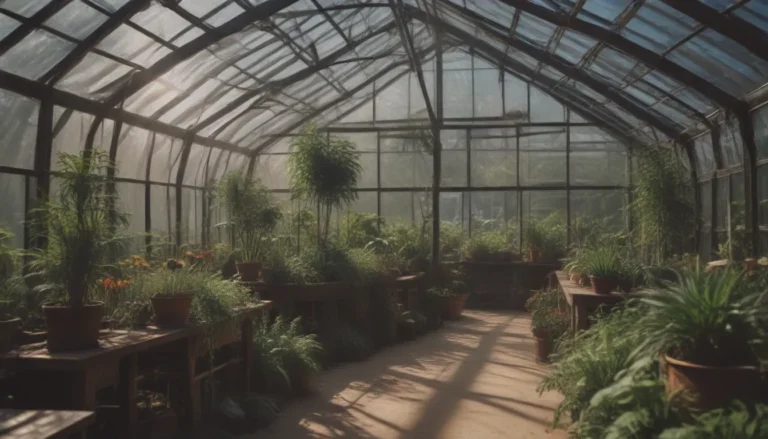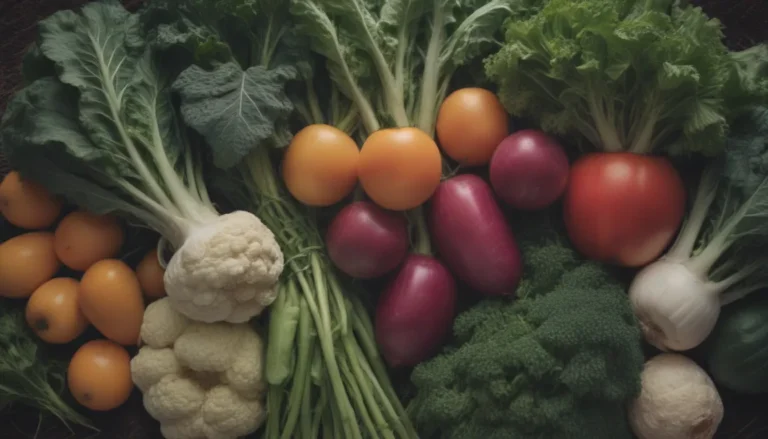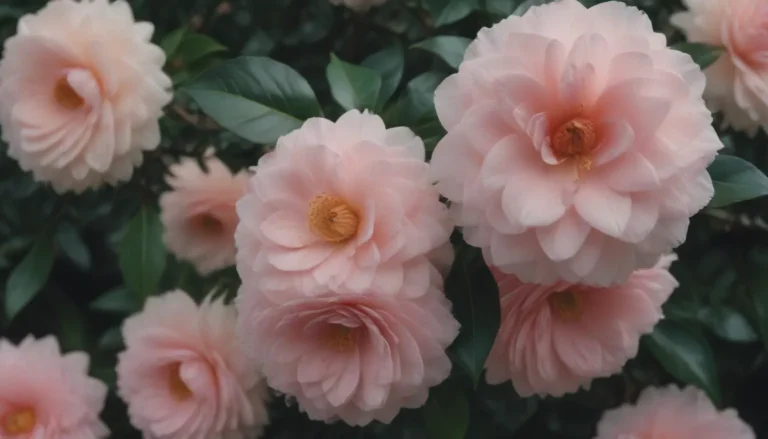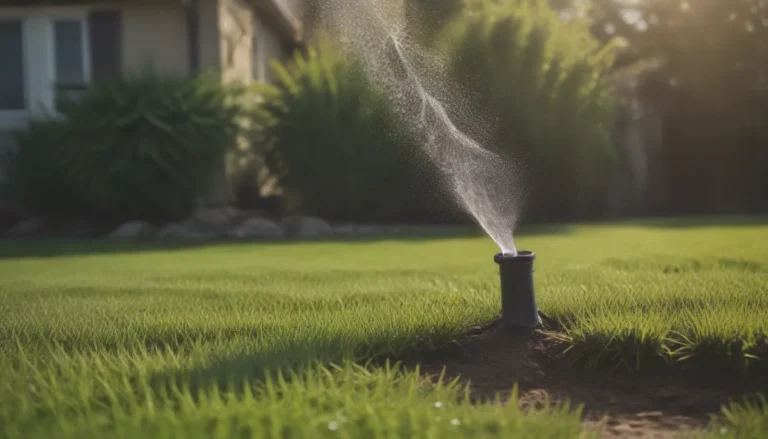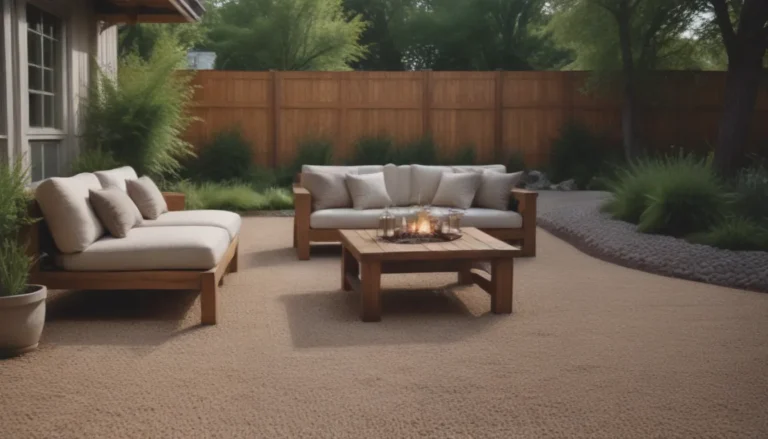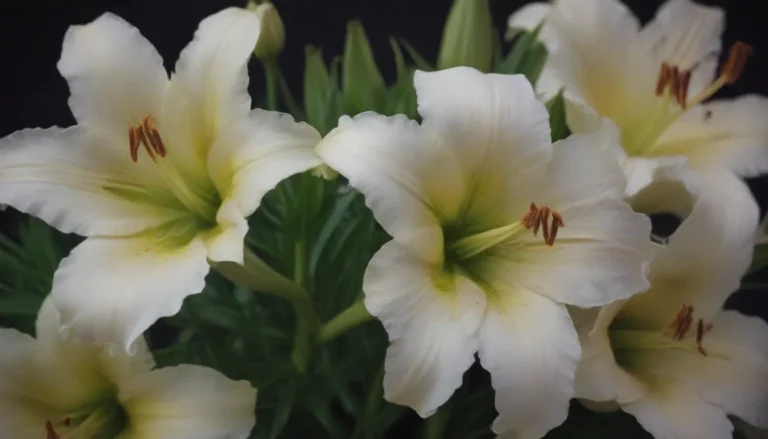Mastering Lavender Cultivation: From Seed to Fragrant Blooms
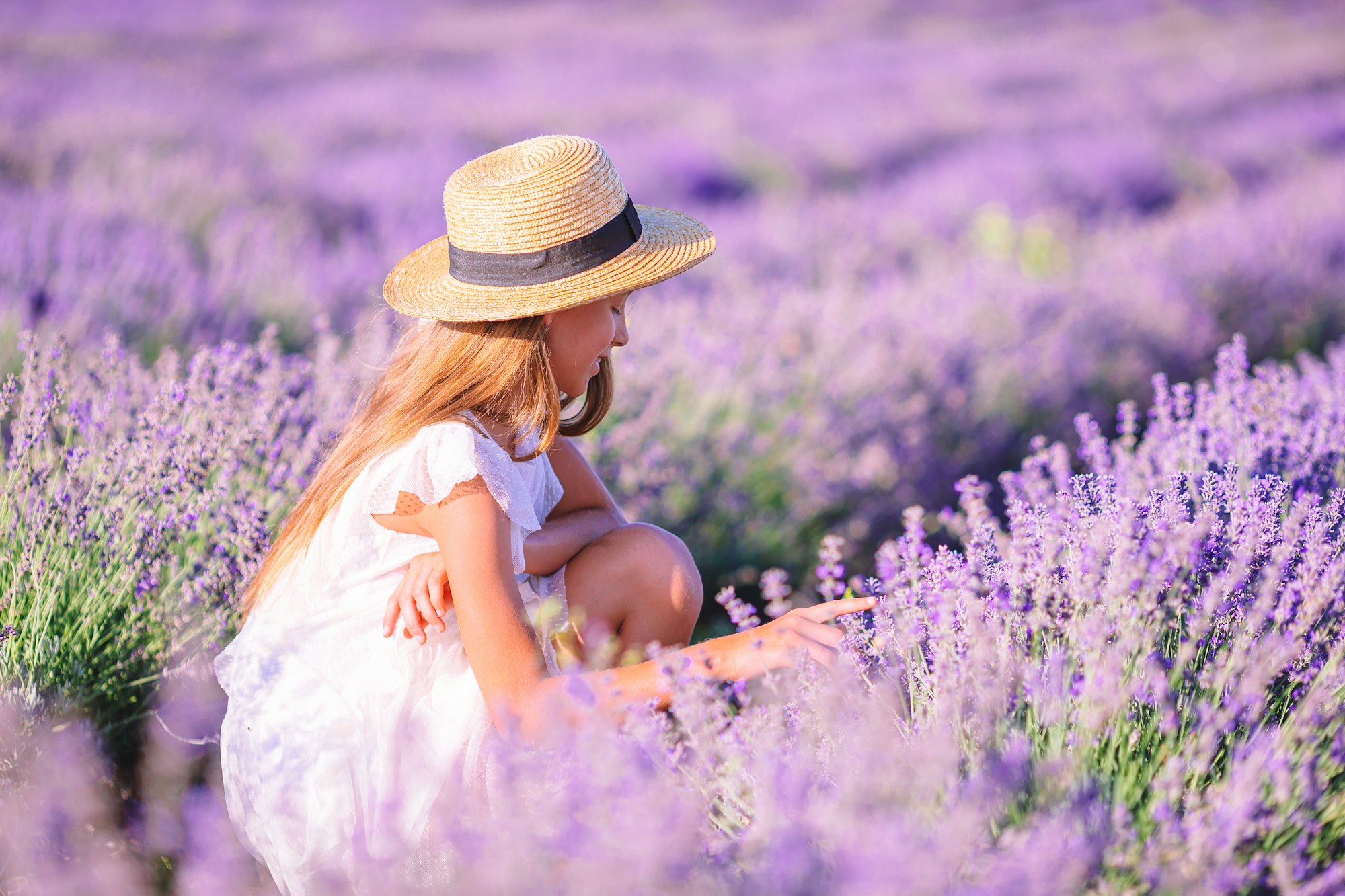
Imagine stepping into your garden, surrounded by the soothing scent of lavender and the gentle hum of bees. The soft purple hues sway in the breeze, creating a scene straight out of a Provencal postcard. While this vision might seem like a distant dream, it’s entirely possible to create your own lavender oasis – and it all starts with a tiny seed.
Growing lavender from seeds is a rewarding journey that combines patience, care, and a touch of gardening magic. While it might seem daunting at first, especially compared to using cuttings, the process offers a unique sense of accomplishment. In this comprehensive guide, we’ll walk you through every step of growing lavender from seeds, helping you transform those little specks into beautiful, fragrant plants that will be the envy of your neighborhood.
Why Grow Lavender from Seeds?
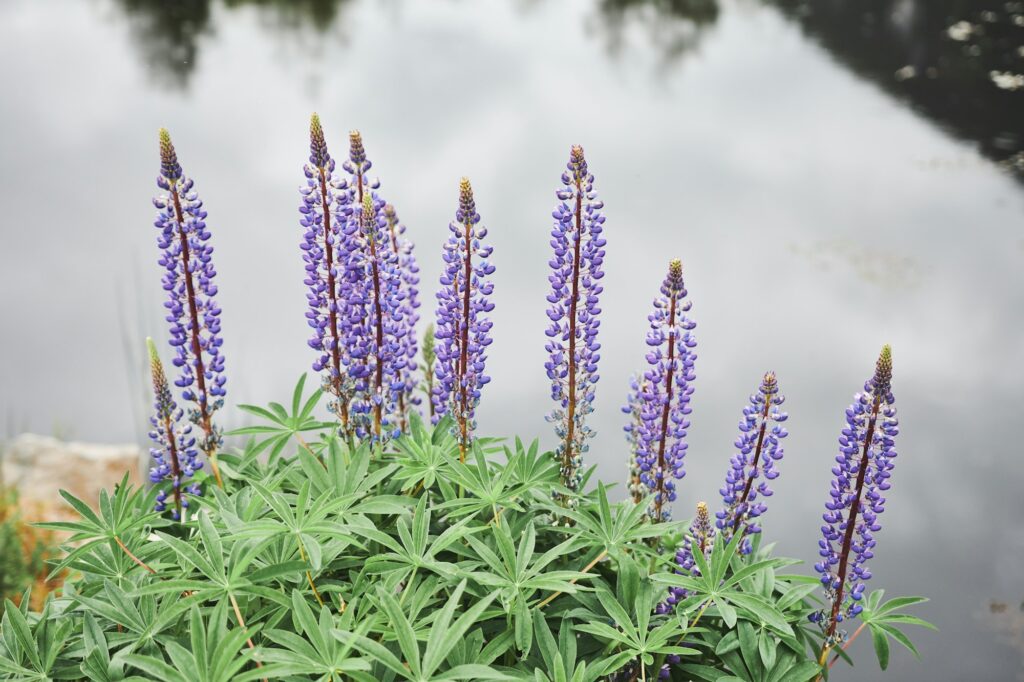
Before we dive into the nitty-gritty of lavender cultivation, let’s explore why you might choose to grow these aromatic plants from seeds:
- Cost-effective: Seeds are generally much cheaper than buying mature plants or even cuttings.
- Greater variety: Seed catalogs offer a wide range of lavender varieties that might not be available as plants in your local nursery.
- Satisfaction: There’s an unparalleled sense of achievement in nurturing a plant from seed to full bloom.
- Learning experience: The process teaches you valuable gardening skills and deepens your understanding of plant life cycles.
Now that we’ve piqued your interest let’s embark on this fragrant journey together!
Understanding Lavender Varieties
Not all lavender is created equal. Different species and cultivars offer varying colors, scents, and growing requirements. Here are some popular types you can grow from seeds:
English Lavender (Lavandula angustifolia)
The most common and hardy variety, English lavender is perfect for beginners. It’s known for its sweet fragrance and is often used in culinary applications. Popular cultivars include:
- ‘Hidcote’: Compact plants with deep purple flowers
- ‘Munstead’: Early blooming with light purple flowers
- ‘Lady’: Fast-growing variety with light purple blooms
- ‘Ellagance Purple’: Uniform plants with vibrant purple spikes
- ‘Ellagance Snow’: A white-flowering variety for a unique look
French Lavender (Lavandula stoechas)
Recognizable by its distinctive “rabbit ear” petals, French lavender offers a strong, camphor-like scent. It’s less hardy than English lavender but provides a longer blooming period.
Spanish Lavender (Lavandula dentata)
Known for its toothed leaves, Spanish lavender has a piney aroma and produces pretty purple bracts.
When to Plant Lavender Seeds
Timing is crucial when it comes to growing lavender from seeds. The best time to start depends on your local climate and whether you’re planting indoors or outdoors.
Indoor Planting
If you’re starting seeds indoors (recommended for most climates), begin 8-10 weeks before the last expected frost date in your area. This gives your seedlings enough time to develop before transplanting outdoors.
Outdoor Planting
For direct sowing outdoors, wait until spring when soil temperatures have warmed to at least 60°F (15°C). In regions with mild winters, you can also sow lavender seeds in fall, but be sure to protect young plants from harsh winter conditions.
How to Grow Lavender from Seeds: A Step-by-Step Guide
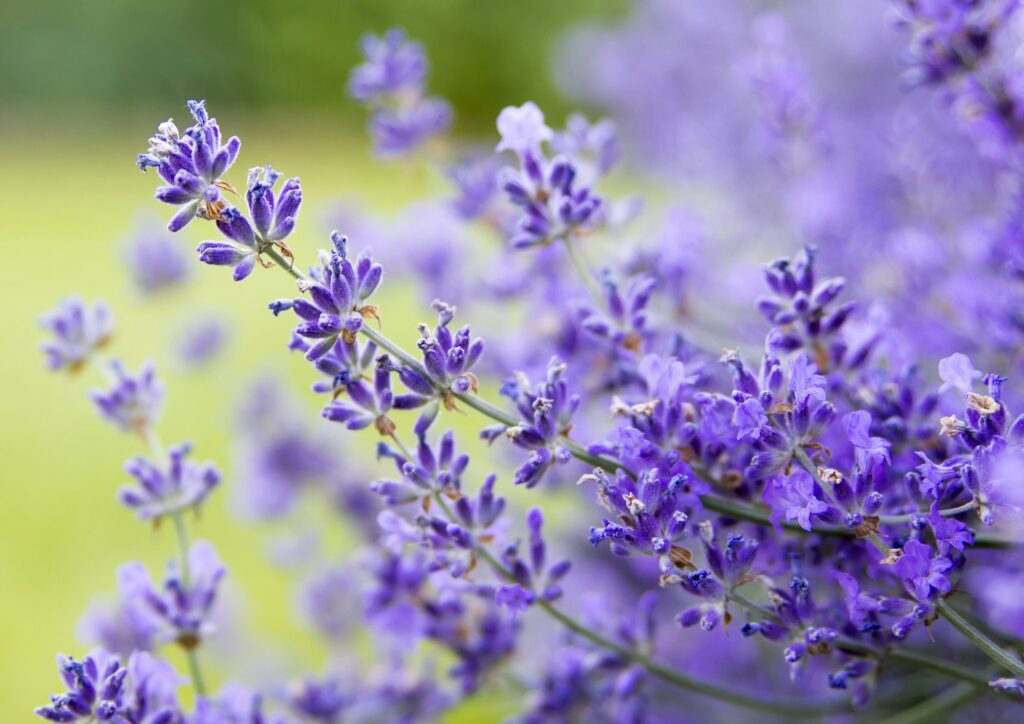
Now that you understand the basics, let’s dive into the process of growing lavender from seeds. We’ll cover both indoor and outdoor methods to suit various gardening situations.
Indoor Seed Starting
- Gather your supplies:
- Seed starting trays or small pots with drainage holes
- Well-draining seed starting mix
- Lavender seeds
- Spray bottle for watering
- Plastic wrap or dome lid (optional)
- Grow lights or a sunny window
- Prepare the growing medium: Fill your containers with seed starting mix, leaving about 1/4 inch of space at the top. Moisten the soil lightly with a spray bottle.
- Sow the seeds: Place 2-3 seeds on the surface of the soil in each cell or pot. Lavender seeds need light to germinate, so don’t cover them with soil. Instead, press them gently into the surface to ensure good contact.
- Create a humid environment: Cover the trays with plastic wrap or a dome lid to maintain humidity. If using plastic wrap, poke a few small holes for air circulation.
- Provide warmth and light: Place the trays in a warm location (65-70°F or 18-21°C) with plenty of light. A sunny windowsill or under grow lights works well.
- Be patient: Lavender seeds can take anywhere from 14 to 28 days to germinate. Keep the soil moist but not waterlogged during this time.
- Care for seedlings: Once seedlings emerge, remove the cover and ensure they receive plenty of light. Thin to one plant per cell when they have their first true leaves.
Direct Sowing Outdoors
- Choose the right location: Select a spot with full sun (6+ hours of direct sunlight) and well-draining soil.
- Prepare the soil: Lavender prefers slightly alkaline soil (pH 6.7-7.3). If your soil is heavy or clay-like, amend it with sand or gravel to improve drainage.
- Sow the seeds: Once soil temperatures reach 60°F (15°C), scatter seeds on the prepared soil surface. Aim for about 2 inches apart.
- Water gently: Use a fine mist or gentle spray to avoid displacing the seeds. Keep the soil consistently moist but not waterlogged.
- Thin seedlings: When seedlings are about 2 inches tall, thin them to 18 inches apart for most varieties (check your seed packet for specific recommendations).
Caring for Lavender Seedlings
Whether you’ve started your lavender indoors or outdoors, proper care is essential for healthy growth. Here are some key tips:
Light Requirements
Lavender thrives in full sun. Ensure your seedlings receive at least 6 hours of direct sunlight daily. If starting indoors, use grow lights to prevent leggy growth.
Watering
Lavender prefers dry conditions once established, but seedlings need consistent moisture. Water when the top inch of soil feels dry, using a gentle spray to avoid disturbing the young plants.
Fertilizing
Lavender doesn’t require rich soil. In fact, too much fertilizer can lead to excessive foliage growth at the expense of flowers. If you must fertilize, use a balanced, slow-release fertilizer sparingly.
Temperature and Humidity
Most lavender varieties prefer warm, dry conditions. Aim for daytime temperatures between 70-75°F (21-24°C) and nighttime temperatures above 55°F (13°C).
Hardening Off
If you’ve started your lavender indoors, gradually acclimate the plants to outdoor conditions over 7-10 days before transplanting.
Transplanting Lavender Seedlings
When your indoor-started lavender seedlings are about 3 inches tall and have several sets of true leaves, they’re ready for transplanting. Here’s how to do it:
- Choose a sunny location with well-draining soil.
- Dig holes twice the width of the root ball and at the same depth.
- Gently remove the seedlings from their containers, being careful not to disturb the roots.
- Place each seedling in a hole and backfill with soil, firming gently around the base.
- Water thoroughly after planting.
- Space plants 18-24 inches apart to allow for good air circulation.
Common Challenges and Solutions
Growing lavender from seeds can present some challenges. Here are some common issues and how to address them:
| Problem | Cause | Solution |
|---|---|---|
| Seeds not germinating | Old seeds, improper temperature, or lack of light | Use fresh seeds, ensure proper warmth and light |
| Leggy seedlings | Insufficient light | Provide more light or move closer to light source |
| Damping off | Overwatering, poor air circulation | Improve drainage, increase air flow |
| Yellowing leaves | Overwatering or nutrient deficiency | Adjust watering, consider a light fertilizer |
| Slow growth | Cool temperatures or poor soil | Ensure warm conditions and well-draining soil |
Harvesting and Using Your Lavender
After months of care, your patience will be rewarded with beautiful, fragrant lavender plants. Here are some ways to enjoy your harvest:
- Culinary uses: Add flowers to baked goods, teas, or savory dishes for a unique flavor.
- Aromatherapy: Dry the flowers for potpourri or sachets to scent your home.
- Crafts: Use the stems and flowers in wreaths, flower arrangements, or homemade soaps.
- Medicinal purposes: Lavender is known for its calming properties and can be used in teas or essential oils.
Conclusion: Embracing the Lavender Journey
Growing lavender from seeds is a testament to the joys of gardening. It requires patience, care, and attention to detail, but the rewards are truly spectacular. As you watch your tiny seeds transform into fragrant, blooming plants, you’ll gain not just beautiful additions to your garden, but also a deeper appreciation for the wonders of nature.
Remember, every gardener’s journey is unique. Don’t be discouraged if your first attempt isn’t perfect – gardening is as much about learning as it is about growing. With each season, you’ll gain new insights and skills that will make your lavender (and your entire garden) even more beautiful.
So, are you ready to embark on this aromatic adventure? Grab some seeds, roll up your sleeves, and get ready to create your own little piece of Provence. Happy planting!
